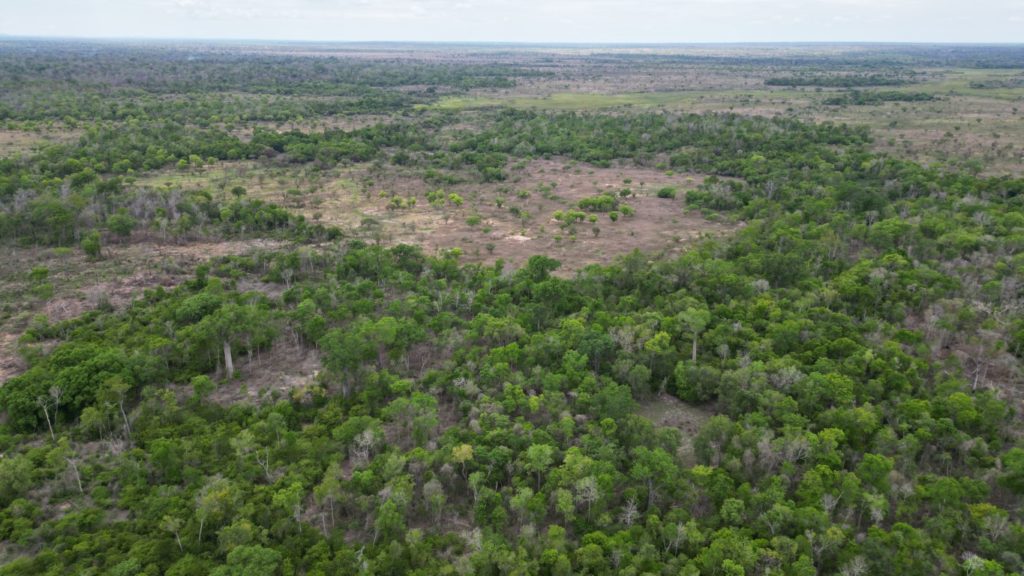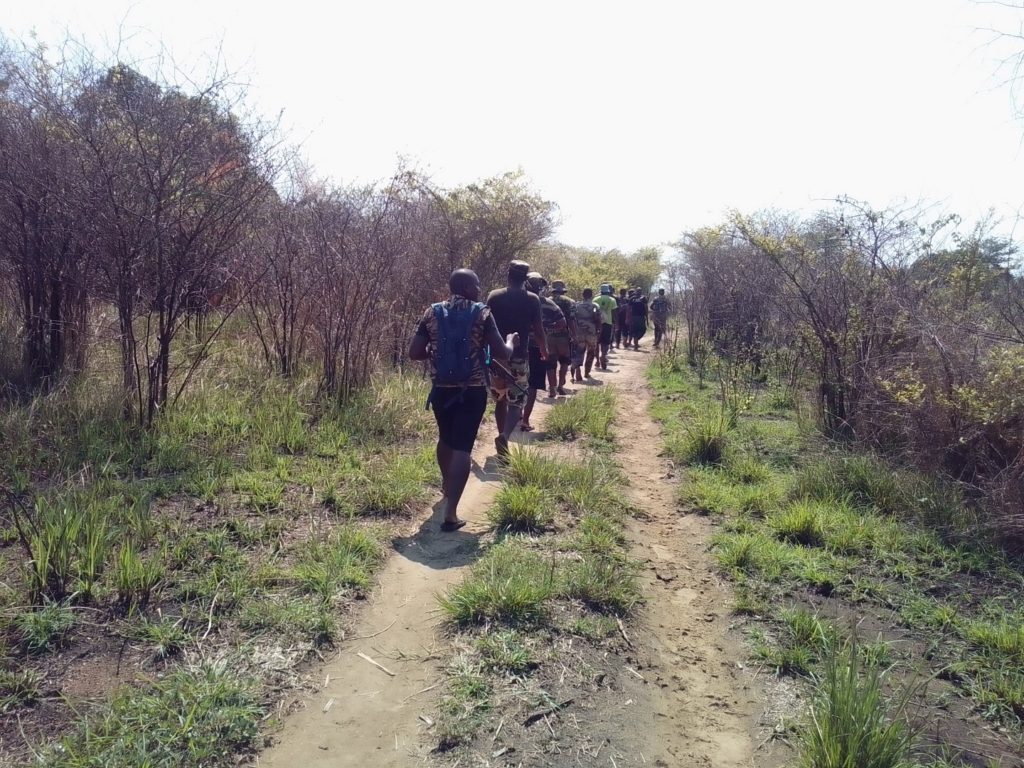
Copyright: Fanamby
In 2022, the Protected Area of Menabe Antimena witnessed a significant reduction in forest fires, thanks to the concerted efforts of key stakeholders. The objective of these efforts was to combat illegal activities and promote alternative economic opportunities for local communities. The number of fire points decreased by 72% from the previous year, reaching a record low of only 121 fire points. Additionally, forest cover loss remained at around 500 hectares for the third consecutive year, in contrast to the 1,803 hectares of deforested land in 2019.
The coordinated efforts of conservation actors led to an impressive outcome that many consider miraculous. The Menabe Central forest block was under serious threat, with an average annual loss of 1,820 hectares between 2008 and 2010, leading to its extinction by 2050 if left unchecked. In 2018, during the election period, forest losses reached a staggering 7,390 hectares. However, the situation improved in 2020 due to restrictions related to the COVID-19 pandemic, resulting in an 80% reduction in forest cover loss.
This situation highlights that the pressure of fires in the Protected Area is mainly due to migratory flows. The lack of economic opportunities, along with drought, insecurity, and famine in their villages, forces these populations to migrate in search of new agricultural areas for a better life. They clear forest cover to convert it into corn and peanut plantations. This illegal activity in the protected area is further exacerbated by the corruption of senior officials who seek profits by reselling the illegal products to private operators. It is a somber situation that could result in the disappearance of Menabe Antimena by 2050.

Copyright: Fanamby
However, the efforts deployed in 2022 have shown a glimmer of hope to save Menabe Antimena. A synergy and better coordination of actions, efforts, and commitments from various stakeholders - including fire agents, the Regional Direction of Environment and Sustainable Development (DREDD), the committee for the management and protection of the protected area (KMMFA), the fire brigade, Durrell Conservation, the National Centre of Training, Study, and Research in Forestry and Environment (CNFEREF), Madagascar National Parks (MNP), and World Wildlife Fund (WWF) - have resulted in a possible path to success.
For example, Durrell focused on patrols and restoration initiatives with the KMMFA. Members of the joint monitoring body (OMC) validated the interventions of the Protected Area Managers and the Local Communities. Finally, Fanamby supported the firefighters and the mixed patrols, conducting 20 days of "Green Brigade" in the forest each month of the second half of 2022. These activities were made possible thanks to the generous funding of multiple donors who adapted to the practical situation in the field. The Foundation for Protected Areas and Biodiversity of Madagascar (FAPBM), Rewild, and Conservation Allies financed the patrols, while USAID Mikajy provided support for economic alternatives. USAID Hay Tao created a system of governance and mapping of the use of data as a guide to inform future intervention areas.
For 2023, the goal is to maintain or reduce forest fires and forest cover losses by strengthening patrols and surveillance in the core area. Cleared plots can be left fallow, without human disturbance, to regenerate naturally. Repressive actions can thus contribute to a passive forest restoration strategy. By supporting these efforts with awareness campaigns to encourage populations to adopt conservation agriculture and stop slash-and-burn farming, Menabe Antimena could one day regain its beauty.